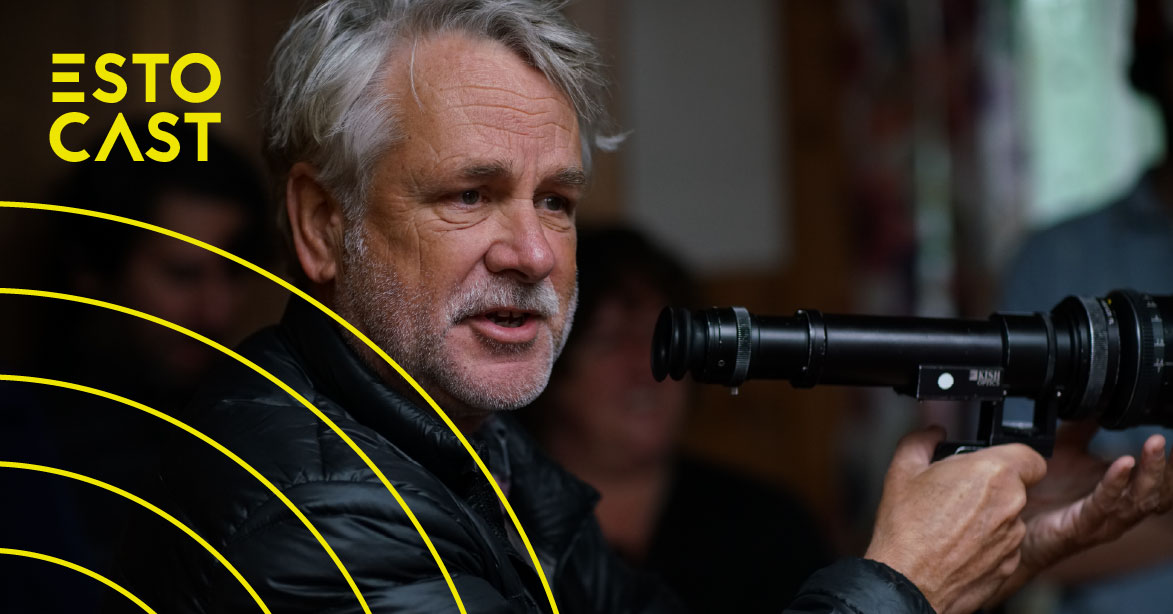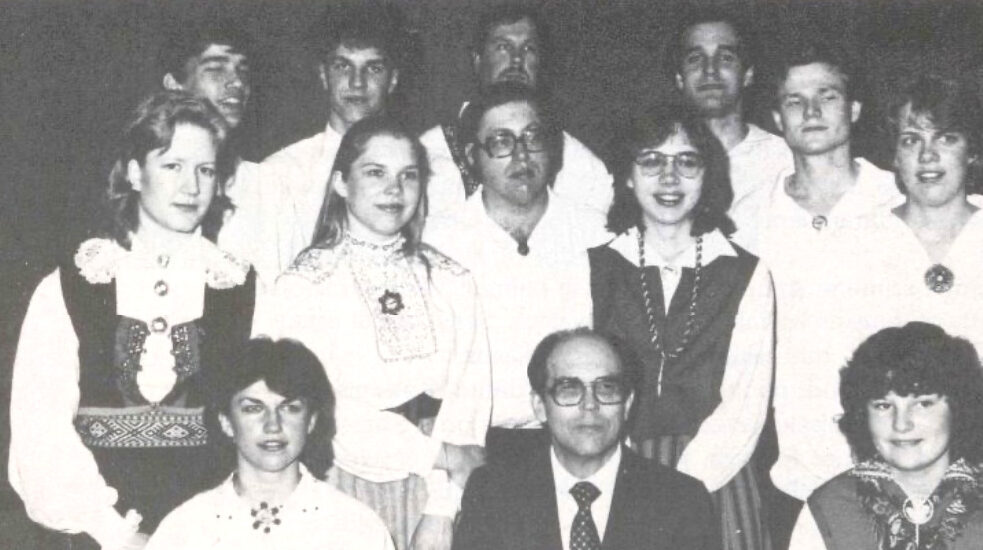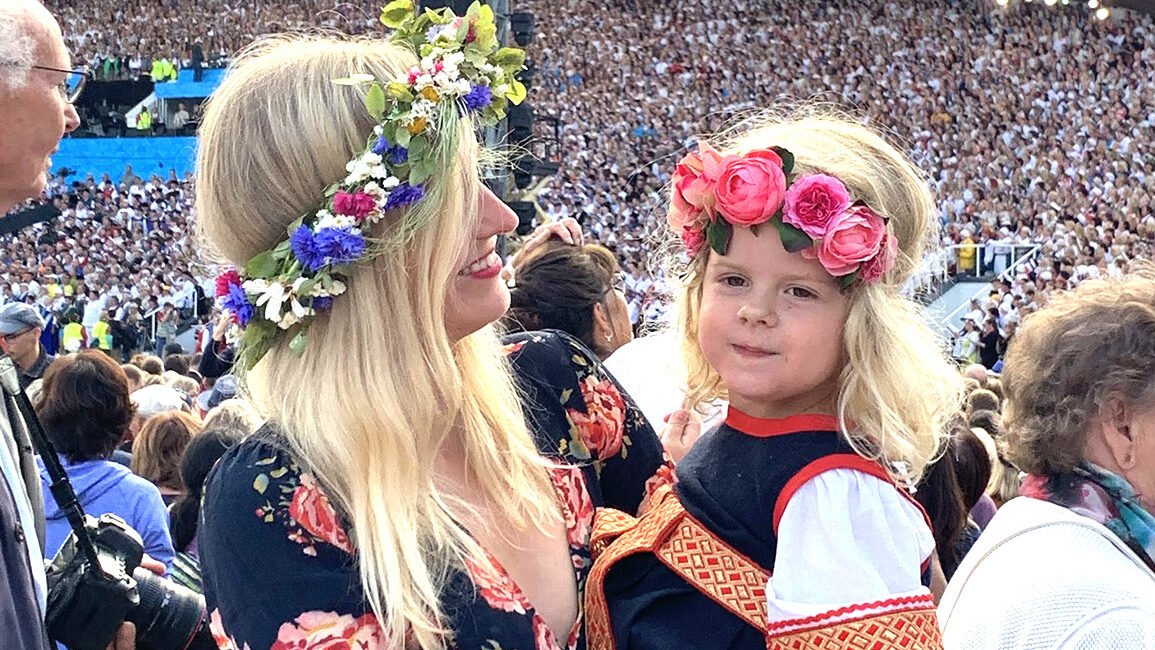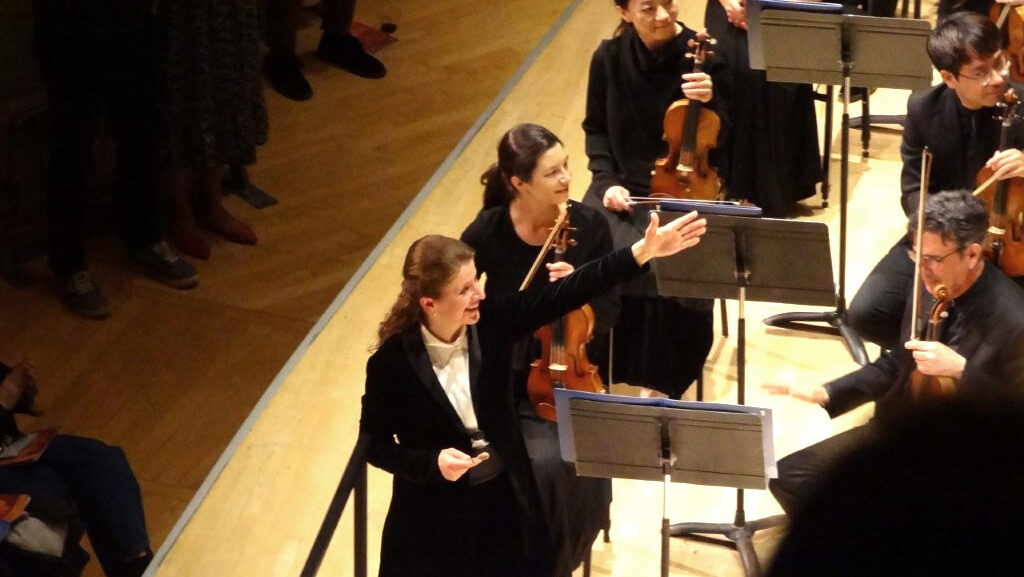For those readers, it illuminated a community story that most of the paper's readers were probably unaware of until then. It drew attention to the multigenerational significance of the camp and the Estonian customs preserved there since it was opened in 1953. It discussed the centrality of the Estonian language in preserving those customs, and how that has affected attendance at times. Concepts that may be taken for granted if one regularly reads Eesti Elu; but concepts that are astounding elsewhere. When a photographer's work can show something to a viewer for the first time, it becomes precious.
Looking further into Dobbin's photo series, whether taken in Canada, Peru, Estonia, or beyond, one can learn about cultural history and human challenges in communities we are detached from. For instance, one prominent essay of hers showed a glimpse of how important ecotourism is in the mountainous Osa Peninsula of Costa Rica. I became aware of circumstances outside my own day-to-day by seeing these photos. Just like the article and photos about Jõekääru showed new circumstances to those outside of the Canadian-Estonian experience.
In addition to photography, Dobbin's background is in anthropology and communications. To travel publications, this brings an undercurrent of getting to know what lies beyond what we may see as tourists with many of her photos and articles. In these instances, photography is less of a one-way viewing experience, and can establish equal discussions on both sides of a photograph.
Dobbin's Master's Thesis from 2013 is about the Sami people, in which she indicates that access to historical images of difficult times can give strength to those who have faced those difficult times. This leads me to believe that part of a photographer's duty is to capture the bleakest, most painful moments. Is photographing cheerful times also part of that duty? I mention this, because conversely, one can see joyful moments in the photos Dobbin captured in Costa Rica for Roads and Kingdoms. If so, photos should capture some kind of feeling.
Photos can take on a preservational quality. Especially when, for the majority of us, photos are taken and stored away pretty quickly, apart from a few being shared on social media. After that, it's put away. Estonians are pros at gathering up slices of time like this because culturally we worry about losing the things we cherish. Hard drives and cloud storage are full of photos. Homes have stacks of albums, maybe enough to fill a whole room! Personally then, I'd want to think more carefully before each photo I take now, and seeing these photos by Kristen Dobbin only reinforces that. All the more reason to be decisive with a photo. If it's going to be around, even for a moment, it should say something, and maybe even prompt action.
When a photographer captures their subjects candidly, they can relay their sentiments across languages. Across media. Across pre-existing knowledge or biases. Quality photography can expand the awareness of people, events, and emotions in one fell swoop. And awareness is the beginning of action.
Written by Vincent Teetsov, Toronto




